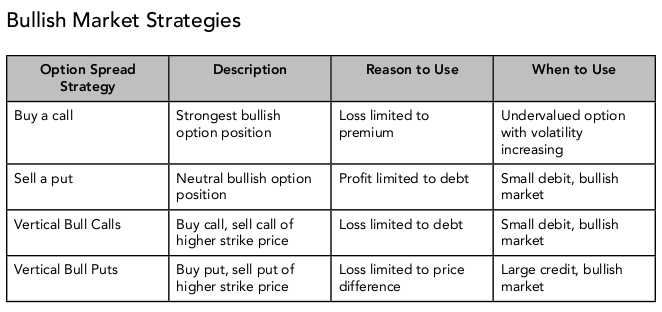Introduction
Are you looking for a comprehensive guide to futures and Optionen? This article serves as a beginner’s guide to understanding the ins and outs of the derivatives market. Futures and options offer a powerful tool for managing financial risk and speculation. With an array of possible strategies, they can cater to diverse investment objectives.
This guide delves into the intricacies of futures and options, explaining their fundamental concepts, history, and practical applications. By exploring real-world examples and staying abreast of the latest trends, we aim to provide you with a solid foundation in these financial instruments.

Image: www.elearnmarkets.com
Understanding the Basics
Futures Contracts: Futures contracts are legally binding agreements to buy or sell an underlying asset at a predetermined price on a specified future date. They are standardized contracts traded on futures exchanges.
Options Contracts: Options contracts grant the buyer the right, but not the obligation, to buy or sell an underlying asset at a specified price within a specified period. They offer flexibility as the buyer can choose to exercise the option or let it expire worthless.
Historical Context
The origins of futures trading can be traced back to ancient Greece, where merchants used forward contracts to guarantee the price of grain. In the 19th century, futures exchanges emerged in Chicago, revolutionizing the agricultural industry. Options trading gained prominence in the 20th century as a way to manage risk in the volatile stock market.
Types of Futures and Options
There are numerous types of futures and options contracts, each based on different underlying assets such as commodities, stocks, bonds, and currencies. Some common examples include:
- Agricultural Futures: These contracts are based on agricultural commodities such as corn, wheat, and soybeans.
- Stock Index Futures: These track the performance of stock market indices such as the S&P 500 or Nasdaq 100.
- Currency Futures: These enable participants to speculate on exchange rate fluctuations and hedge their risk.
- Equity Options: These give the buyer the option to buy or sell a specific stock at a specified price.
- Index Options: These provide the option to buy or sell a basket of stocks, thereby diversifying risk.

Image: www.e-futures.com
Advantages of Futures and Options
- Risk Management: Futures and options offer effective tools for reducing price risk by providing a way to lock in prices or hedge against potential losses.
- Speculation: Traders can leverage the volatility of futures and options markets to speculate on future price movements.
- Diversification: By incorporating futures and options into your portfolio, you can spread the risk across different asset classes.
- Leverage: Futures and options provide leverage, allowing traders to control a larger position with limited capital outlay.
Strategies for Trading
There are various strategies one can employ when trading futures and options. Some popular techniques include:
- Hedging: Used to reduce risk by offsetting price fluctuations in the underlying asset with a futures or options contract.
- Speculation: Involves making directional bets on future price movements.
- Arbitrage: Exploits the difference in قیمت between the same asset traded on different exchanges.
- Spread Trading: A strategy involving simultaneous buying and selling of different futures or options contracts with the same underlying asset.
What Is Trading Futures And Options

Image: www.warriortrading.com
Trends and Developments
The futures and options market is constantly evolving. Some recent trends include:
- Algorithmic Trading: The use of computers to execute trades based on predefined algorithms.
- Volatility Trading: Strategies that capitalize on fluctuations in the implied volatility of options.
- Blockchain Integration: Emerging technologies such as blockchain open up new possibilities for secure and transparent trading.






